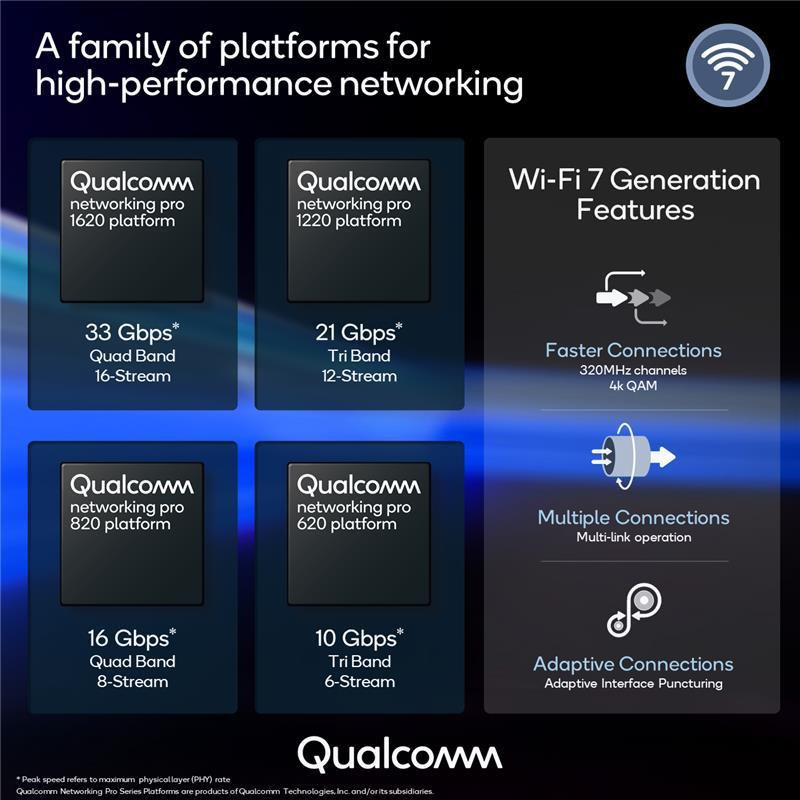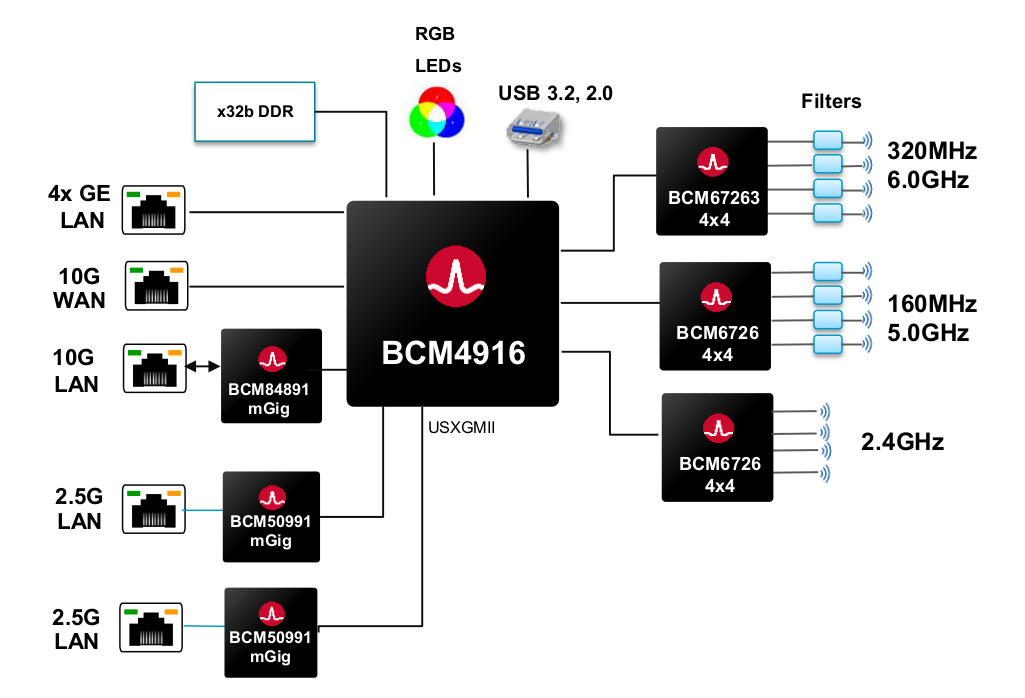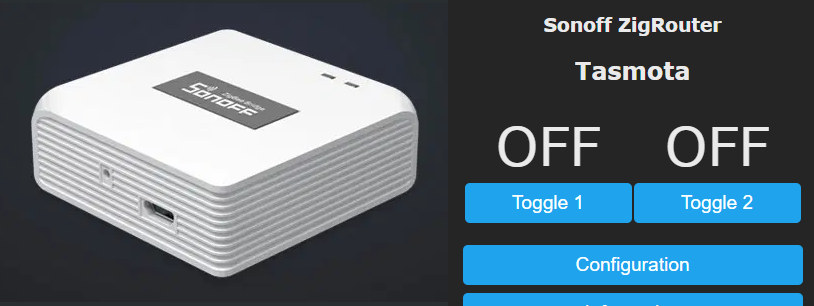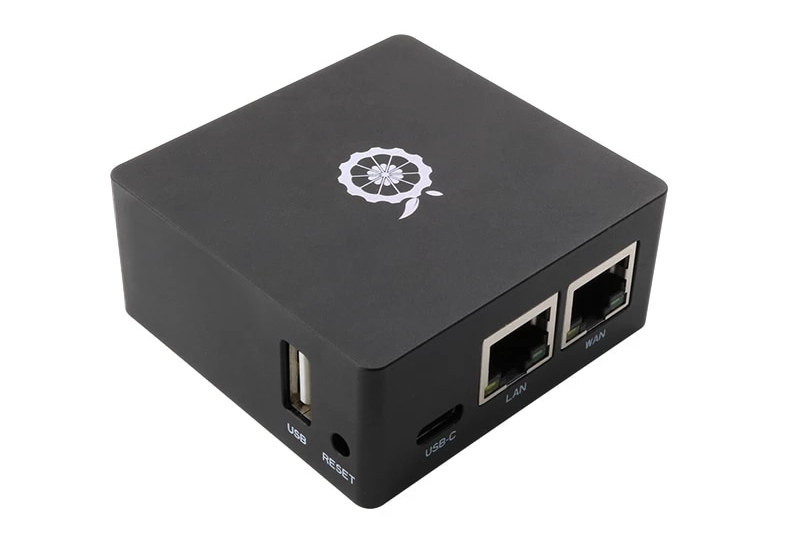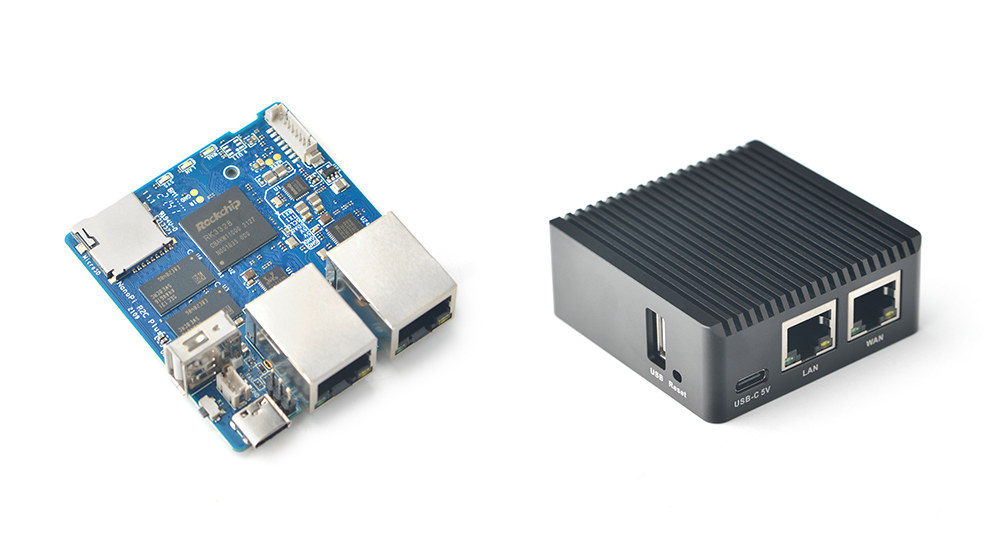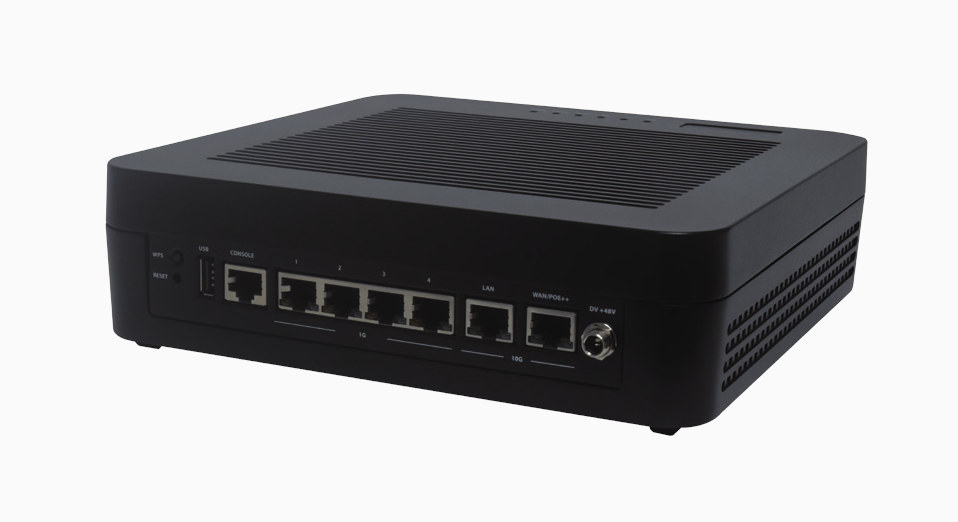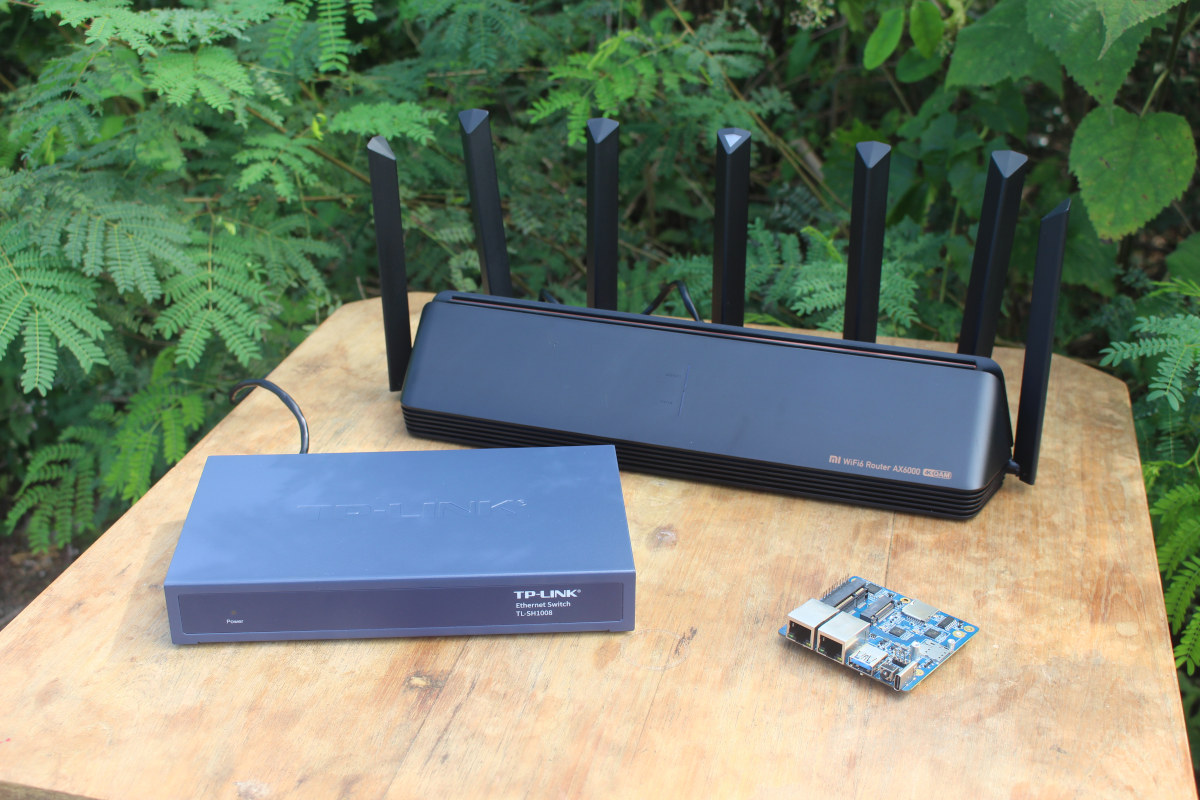Qualcomm has announced the Wi-Fi 7 capable Qualcomm Networking Pro Series Gen 3 family designed for routers and access points with a PHY rate up to 33 Gbps with the quad-band 16-stream Networking Pro 1620 platform and offers some competition to the recently announced Broadcom WiFi 7 access point chips. The company will also offer the tri-band 12-stream Networking Pro 1220 with up to 21.6 Gbps aggregated link rate, the quad-band 8-stream Networking Pro 820 capable of 16.5 Gbps PHY rate, and at the low-end of the scale, the Networking Pro 620 limited to 10.8 Gbps with three bands and six streams. Qualcomm Networking Pro 1620 (IPQ9574) platform specifications: CPU – Quad-core Arm Cortex-A73 @ 2.2 GHz System Memory – DDR3L, DDR4 16/32-bit Storage – eMMC, NAND, Serial NOR, SD/eMMC Networking Wired – 6 Port Integrated Ethernet Switch 4 x 2.5 GbE + 5 GbE + 10 GbE Wireless Wi-Fi […]
Broadcom unveils WiFi 7 chips for access points and clients
We first noticed the new WiFi 7 (802.11be) standard in January 2022 with MediaTek demonstrating Filogic 802.11be processors, and later Qualcomm introduced the FastConnect 7800 WiFi 7 and Bluetooth 5.3 solution for wireless clients, but we had not seen anything for WiFi 7 access points yet. Broadcom has now announced four WiFi 7 chips for access points with the BCM67263, BCM6726, BCM43740, and BCM43720 up to 11.5 Gbps PHY rate, plus the BCM4398 Wi-Fi 7 and Bluetooth 5 combo chip for mobile handsets with up to 6.05 Gbps PHY rate. We’ve not quite at the theoretical 40+ Gbps PHY rate for WiFi 7, but those solutions will more than double the speed of existing Wi-Fi 6/6E solutions, while simultaneously delivering lower latency and extending range. The BCM67263 and BCM6726 chips are designed for the residential Wi-Fi 7 access point market with the following key features: Support for 4 streams of […]
Linux 5.17 release – Main changes, Arm, RISC-V, and MIPS architectures
Linus Torvalds has just released Linux 5.17: So we had an extra week of at the end of this release cycle, and I’m happy to report that it was very calm indeed. We could probably have skipped it with not a lot of downside, but we did get a few last-minute reverts and fixes in and avoid some brown-paper bugs that would otherwise have been stable fodder, so it’s all good. And that calm last week can very much be seen from the appended shortlog – there really aren’t a lot of commits in here, and it’s all pretty small. Most of it is in drivers (net, usb, drm), with some core networking, and some tooling updates too. It really is small enough that you can just scroll through the details below, and the one-liner summaries will give a good flavor of what happened last week. Of course, this means […]
Sonoff ZBBridge gateway can be used as a Zigbee router/repeater
Sonoff ZBBridge WiFi to Zigbee gateway was introduced in April 2020, and a few months later got support for Tasmota ESP8266 firmware and Gecko firmware for either Home Assistant or Zigbee2MQTT support. But there’s now a new Tasmota firmware that converts Sonoff ZBBridge into a Zigbee router (a.k.a. Zigbee Signal Repeater or Zigbee Range Expender) following a request on Tastoma Github’s issue tracker from last year. The firmware, unofficial yet signed, was released a few days ago by xsp1989 Github’s user with a link to the firmware on Google Drive. Digiblur successfully tried it out on its own Sonoff Zigbee bridge and published the instructions. Assuming you already have Tasmota flashed to the device, switching to the router software is basically a firmware upgrade from the Tasmota web interface. Once the update is complete, you’ll still need to access the console in Tasmota in order to run a command to […]
Orange Pi R1 Plus LTS sells with metal enclosure for $35.99
Shenzhen Xunlong Software previously launched the Orange Pi R1 Plus LTS router board powered by Rockchip RK3328 quad-core processor last November for $27.99 on Aliexpress. As expected, albeit with some delays, the company has now introduced a metal enclosure for the Orange Pi R1 Plus LTS board transforming it into a complete router or gateway. You can get it as part of a kit for $35.99 plus shipping, or if you’ve already purchased the board previously, get the enclosure only for $9 plus shipping. Orange Pi R1 Plus LTS router/gateway specifications: SoC – Rockchip RK3328 quad-core Cortex-A53 @ 1.5 GHz with Arm Mali-450MP2 System Memory – 1GB LPDDR3 RAM Storage – MicroSD card slot, 16 MB SPI flash Connectivity 2x Gigabit Ethernet via YT8531C Ethernet PHY and RTL8153B USB 3.0 to Ethernet chip; both tested by the company up to 945 Mbps Tx and 963 Mbps Rx On-board WiFi is not […]
NanoPi R2C Plus dual GbE router board adds 8GB eMMC flash
NanoPi R2C Plus is a variation of NanoPi R2C dual Gigabit Ethernet SBC powered by a Rockchip RK3328 processor that adds an 8GB eMMC flash for storage and replaces a 10-pin 2.54mm pitch I/O header with an 8-pin 1.25mm pitch header. FriendlyELEC introduced the NanoPi R2C last August as a lower-cost version of NanoPi R2S replacing Realtek RTL8211E Gigabit Ethernet transceiver with a Motorcomm YT8521S chip for availability and pricing reasons. NanoPi R2C Plus is just an evolution of the original design. NanoPi R2C Plus specifications: SoC – Rockchip RK3328 quad-core Cortex-A53 @ 1.5 GHz with Arm Mali-450MP2 System Memory – 1GB DDR4 RAM Storage – 8GB eMMC 5.1 flash, MicroSD Slot, SPI flash footprint Connectivity 1x Gigabit Ethernet (WAN) up to 941 Mbps (measured) via MotorComm YT8521S Gigabit Ethernet transceiver 1x Gigabit Ethernet (LAN) up to 941 Mbps (measured) via Realtek RTL8153B USB 3.0 to Ethernet controller USB – […]
Qualcomm IPQ8076A WiFi 6E access point offers dual 10GbE, supports PoE++
Lanner LWR-X8460 is an enterprise-grade 12-stream, tri-band Wi-Fi 6E access point powered by Qualcomm IPQ8076A quad-core Cortex-A53 processor also equipped with two 10GbE multi-speed ports, and four additional Gigabit Ethernet ports. The access point also supports IEEE 802.3bt standard for the PoE++ power delivery, Bluetooth 5.1 for IoT management, and its features set makes it suitable for remote video conferencing, telehealth, distance learning, public safety monitoring, IoT applications, as well as general connectivity in any crowded and dense Wi-Fi environments. Lanner LWR-X8460 specifications: WiSoC – Qualcomm IPQ8076A Hawkeye quad-core Cortex-A53 processor @ 2.2GHz part of the Networking Pro 1200 Platform System Memory – 1GB DDR4 Storage – 8MB NOR flash, 256MB NAND flash Networking Wi-Fi Standards – IEEE 802.11 a/b/g/n/ac/ax Peak PHY Rates – 2.4GHz: 1147 Mbps; 5GHz: 2402 Mbps; 6GHz: 4804 Mbps 12x antennas 2.4GHz: Peak gain 3.6dBi, Internal 4×4, Omnidirectional 5GHz: Peak gain 5.7dBi, Internal 4×4, Omnidirectional 6GHz: […]
Radxa E25 carrier board, 2.5GbE switch, and WiFi 6 router
I’ve just received an early sample of Radxa E25 dual 2.5 GbE carrier board for Radxa CM3 Plus (RK3568) system-on-module, a 2.5GbE TP-Link switch, and Xiaomi AX6000 WiFi 6 + 2.5GbE router. Here’s the back story before looking into the devices. I’ll soon have to review UP Xtreme i11 mini PC with a 2.5GbE port, and after writing about the upcoming ROCK5 Model B SBC with both 2.5GbE and WiFI 6/6E, I realized I should really get some hardware to test 2.5GHz and WiFi 6. So I started to ask what could be the best options for a $200 budget. While thinking about it, I remember Radxa was working on the Radxa E23 board with 2.5GbE, and adding a WiFi 6 USB dongle might be an option. But they told me Radxa E25 would be a better option with two 2.5GbE ports and support for WiFi 6, although that one […]


